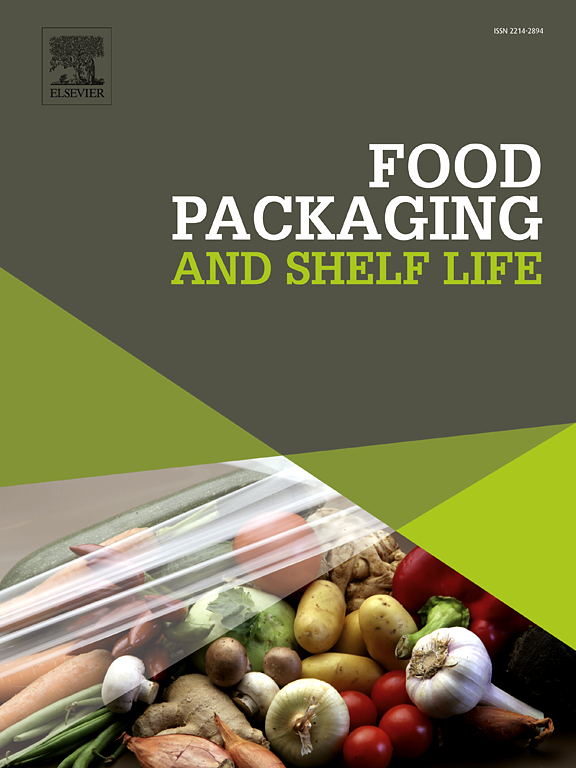Analytical testing strategy for identification and in silico toxicity assessment of non-intentionally added substances in repeatedly recycled flexible mono-plastic food contact material
IF 8.5
1区 农林科学
Q1 FOOD SCIENCE & TECHNOLOGY
引用次数: 0
Abstract
Polyethylene terephthalate (PET) is a polymer approved for recycling for food grade applications in the EU. Recycling PET for food grade applications is desirable from sustainability perspective; however, its safety assessment is a challenge due to the potential presence of different types of non-intentionally added substances (NIAS). Identification of NIAS is important for risk assessment and devising appropriate exposure limits. An analytical testing strategy based on high-resolution LC-MS has been presented and applied to food contact materials of virgin PET (vPET) and repeatedly recycled PET (rPET) produced using Starlinger Decon technology. We devised an analytical strategy using data-dependent acquisition technique and used InChI strings to identify the peaks with a high level of confidence. We identified 23 peaks in the samples by using the developed analytical testing strategy that were largely oligomers of different series and lengths, acids, and cyclic monomer. We semi-quantified the peaks and did not notice any statistically significant difference between vPET and repeatedly recycled PET samples. The identified substances were screened for potential Carcinogenicity, Mutagenicity and Reproductive toxicity (CMR); and for endocrine potential models of action represented as Estrogen, Androgen, Thyroid, Steroidogenic – and Retinoic acid (EATS-R) related modalities using the Danish quantitative structure activity relationship (QSAR) Database. The QSAR screening showed predicted flags for CMR and EATS-R for some of the substances. As the experimental information on the toxicity of PET oligomers is very limited, there is a need for in vitro testing, followed up with further testing depending on the findings, to perform hazard characterization.
求助全文
约1分钟内获得全文
求助全文
来源期刊

Food Packaging and Shelf Life
Agricultural and Biological Sciences-Food Science
CiteScore
14.00
自引率
8.80%
发文量
214
审稿时长
70 days
期刊介绍:
Food packaging is crucial for preserving food integrity throughout the distribution chain. It safeguards against contamination by physical, chemical, and biological agents, ensuring the safety and quality of processed foods. The evolution of novel food packaging, including modified atmosphere and active packaging, has extended shelf life, enhancing convenience for consumers. Shelf life, the duration a perishable item remains suitable for sale, use, or consumption, is intricately linked with food packaging, emphasizing its role in maintaining product quality and safety.
 求助内容:
求助内容: 应助结果提醒方式:
应助结果提醒方式:


